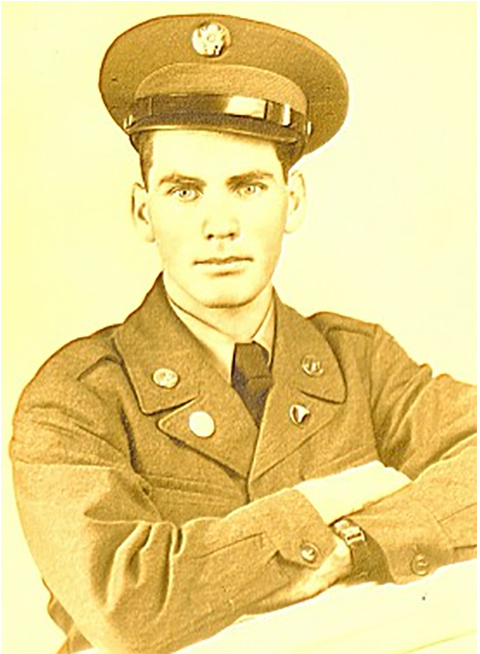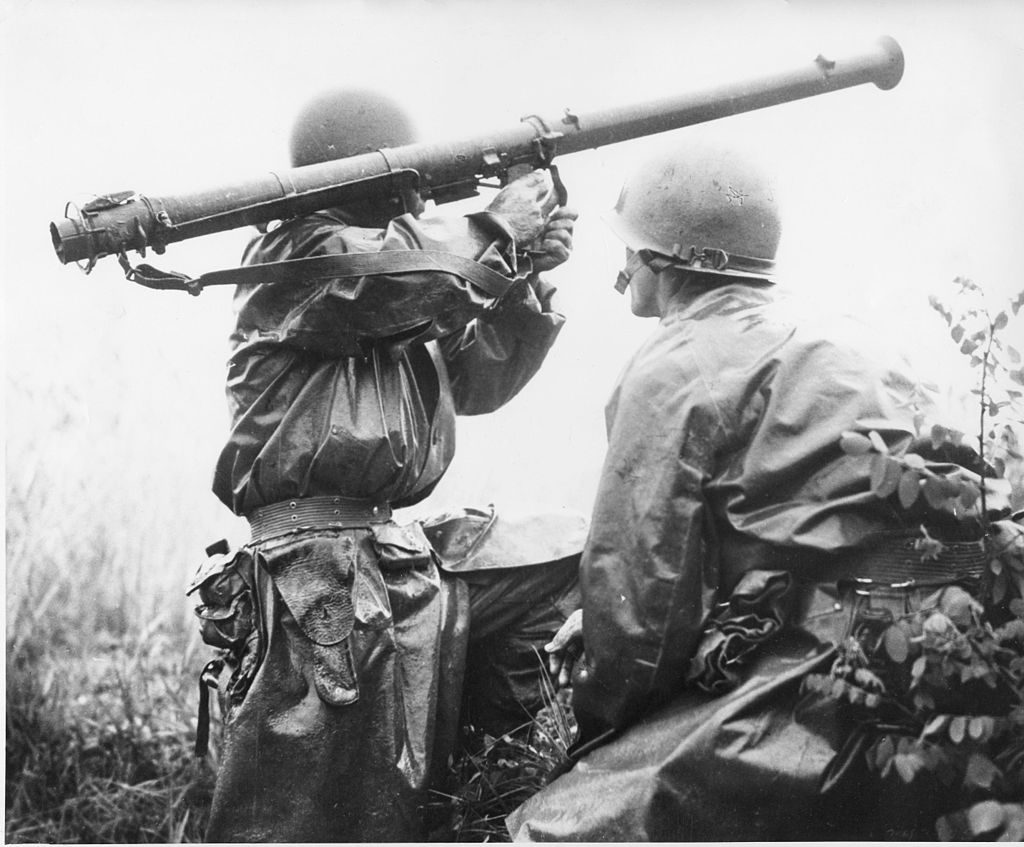
The first known casualty of the Korean War, on this day in 1950. A mostly forgotten man in a mostly forgotten war.

About 90 minutes after Task Force Smith began its withdrawal from the Battle of Osan, the 34th Infantry sent Shadrick as part of a small scouting force northward to the village of Sojong-ni, 5 miles (8.0 km) south of Osan.[3] The small force, under the command of Lieutenant Charles E. Payne and consisting mostly of bazooka teams and infantry, halted at a graveyard in the village,[13] where they spotted a North Korean T-34/85 tank on a road to the north. Shadrick and the other bazooka operators began firing on the tank from long-range concealed positions[3] at around 16:00.[14] With them was Sergeant Charles R. Turnbull, a US Army combat photographer.[15] Turnbull asked Shadrick to time a bazooka shot so its flash could be caught in Turnbull’s photograph, and Shadrick complied.[3][13] Shadrick made the shot and paused, then rose from his concealed position to see if he had successfully hit the tank, exposing himself. The T-34 returned fire with its machine gun, and two bullets struck Shadrick in the chest and arm. Shadrick died moments later.
…
Subsequent publications have shed doubt on the accuracy of the claims of Shadrick’s distinction. Eyewitness accounts at the Battle of Osan point to the first death as a machine gunner in the 21st Infantry Regiment, who had been killed at around 08:30, eight hours before Shadrick’s death. This soldier was killed when a different T-34 tank was disabled at the battle and one of its crew members attacked nearby troops with a PPSh-41 “Burp Gun”. In the confusion of the battle, many of the wounded and dead troops were left behind by retreating American troops, and a large part of the force was also captured; consequently, the identity of this first combat fatality remains a mystery.
Either way, the carnage that began in Sarjevo in 1914 continued its long march through the Twentieth Century. We’re still not done with it today.

